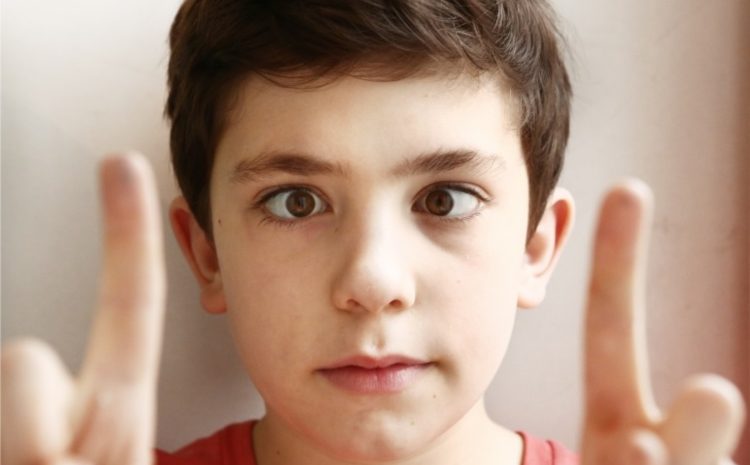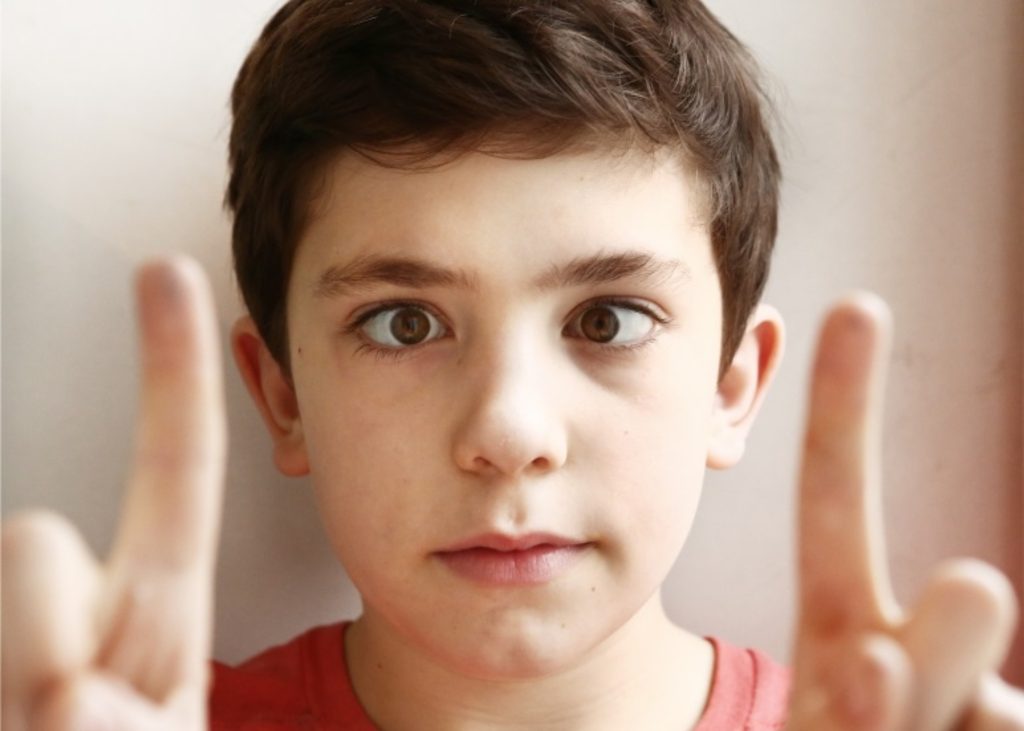

Aman Eye Hospital (AEH) is one of the leading private eye hospitals, established in 2011 in Kabul, Afghanistan. It is licensed by the Ministry of Health and obtained an ISO 9001-2008 Certification. Before that Aman Eye Hospital was operating in Khost Province.

Eye movement is controlled by 6 muscles attached to the outermost layer of the eyeball called the Sclera. Abnormal length, functionality, or neurologic control of these muscles causes deviation of the eyeball called Strabismus or Squint. This deviation can result in vision and beauty issues. One of the eyes will look ahead while another may turn in, out, up, or down. This deviation might be permanent or may come and go (transient). The permanent deviation is called tropia while the temporary deviation is called phoria. Squint is usually associated with vision dimness in one or both eyes. It needs proper treatment. Otherwise, it will create other problems in addition to beauty issues, i.e. Lazy Eye, vision loss, or double vision.
Types: Considering the abnormal deviation of the eye, there are four types of tropia:

Below are the four types of phoria (temporary deviation):
Causes: Strabismus could be congenital or acquired. Refractive error, vision loss, paralysis of nerves, strokes, and Glaucoma could cause strabismus.
Treatment: The purpose of the treatment is the correction of deviation of the eyeball and to maintain or improve vision. Treatment differs considering the cause of the disease. Usually, glasses are advised at childhood age. Causative treatment is also important. The last option is surgery to correct the deviation.
We’re here to listen: